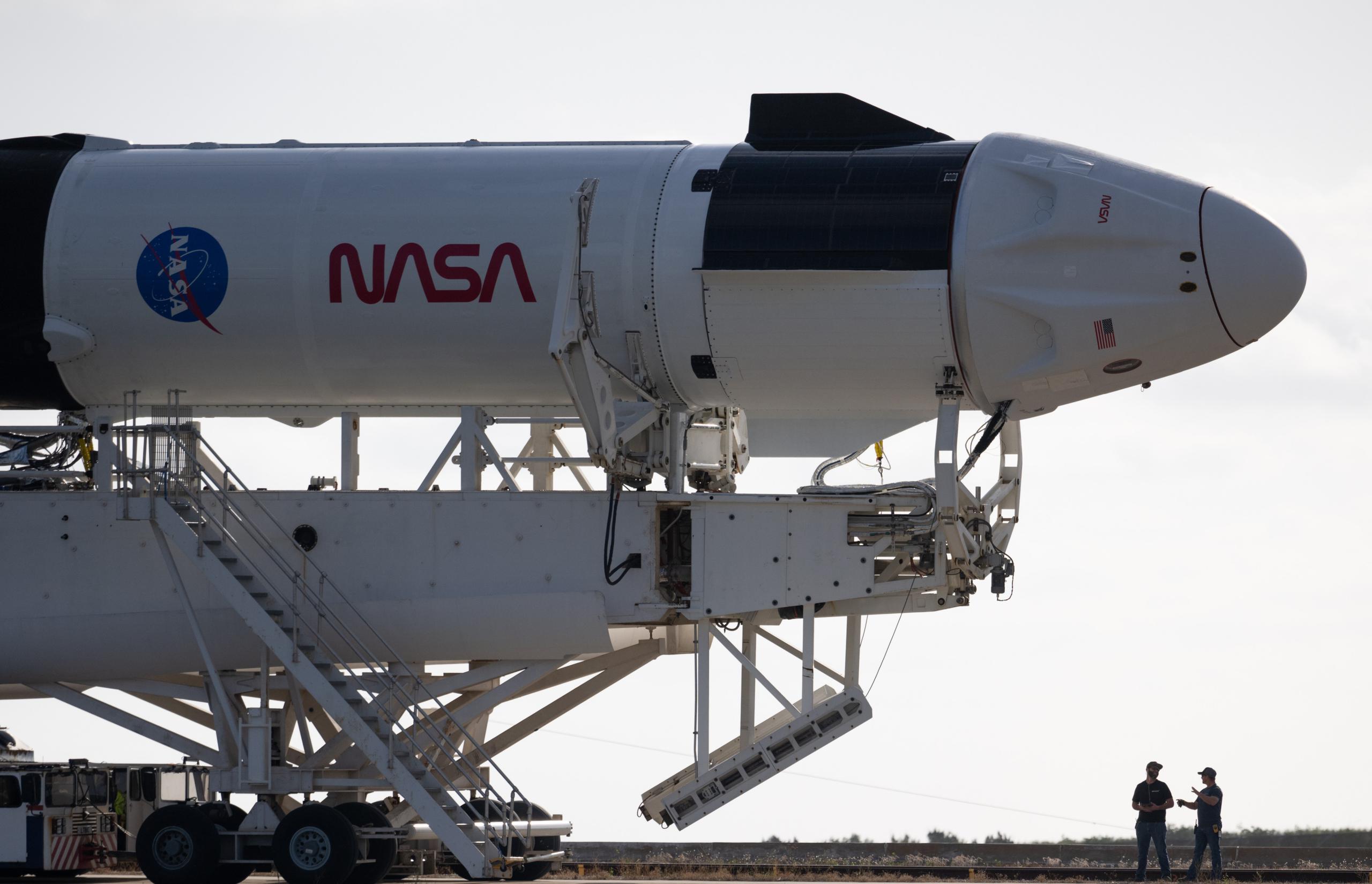
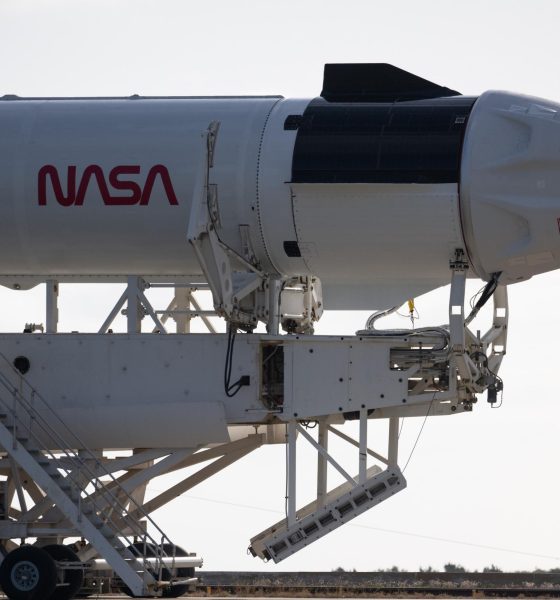
News
SpaceX bests Boeing to become NASA’s largest for-profit vendor
Fourteen years after winning its first major NASA contract, data shared by Aviation Week reporter Irene Klotz shows that SpaceX has usurped every other major aerospace company in the US to become the space agency’s largest for-profit vendor.
SpaceX’s ascension up those ranks has been arduous and far from guaranteed, but the company now provides NASA with a wide range of relatively affordable spaceflight services. SpaceX was paid a record $2.04 billion for those services in the 2022 fiscal year. Only the California Institute of Technology (Caltech), a nonprofit that includes the entirety of the Jet Propulsion Laboratory (JPL) and received $2.68 billion in the same period, ranks higher on NASA’s list of FY2022 vendors. Boeing came in third with $1.72 billion, followed by Lockheed Martin with $1.34 billion.
Cargo
NASA kickstarted its relationship with SpaceX in December 2008 when it awarded the company a $1.5 billion contract to develop the first versions of the Cargo Dragon spacecraft and Falcon 9 rocket and deliver cargo to the International Space Station (ISS). Famously, founder and CEO Elon Musk once told 60 Minutes that, to a degree, NASA’s contract saved SpaceX from imminent bankruptcy and possible dissolution.
Saved by the infusion of resources, SpaceX successfully debuted Falcon 9 in June 2010 and began operational ISS cargo deliveries under NASA’s Commercial Resupply Services (CRS) program in October 2012. Aside from a survivable engine failure on CRS-1 (2012) and one catastrophic Falcon 9 failure on CRS-7 (2015), NASA and SpaceX’s CRS cooperation has been a thorough success. SpaceX is just a few weeks away from CRS-26, which will likely become Cargo Dragon’s 26th successful ISS cargo delivery in 10 years.
NASA ultimately paid SpaceX $3.04 billion to complete its first 20 CRS missions. SpaceX’s newer CRS-2 contract, which bore launches in January 2021, has 15 missions on contract and will likely cost NASA another $3.5 billion by the mid-2020s. SpaceX launches an average of three CRS missions per year, likely translating to about $700 million in annual revenue. SpaceX completed two Cargo Dragon launches for NASA in FY2022.
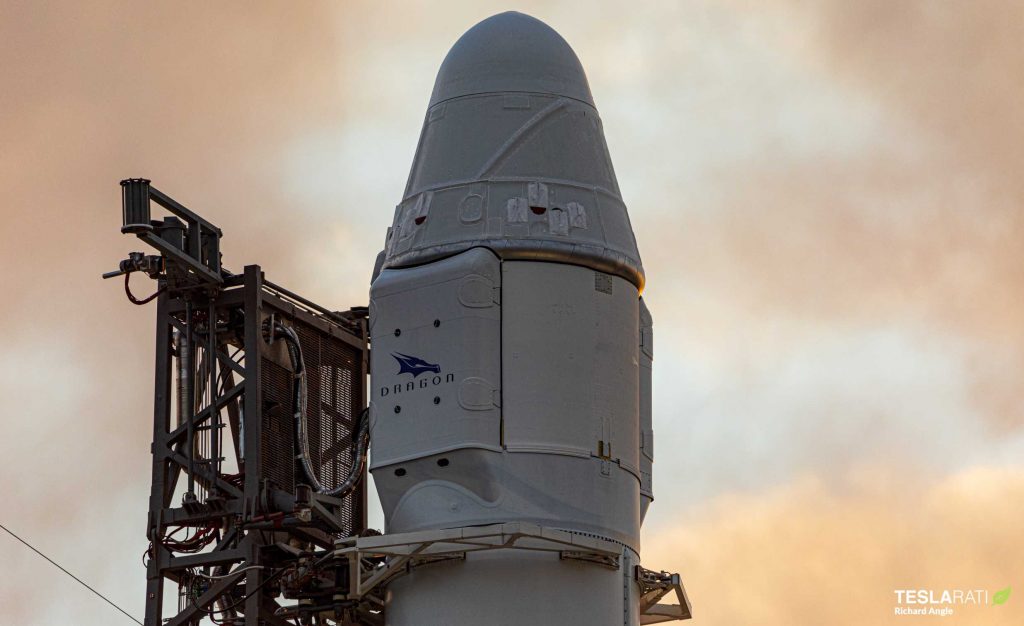
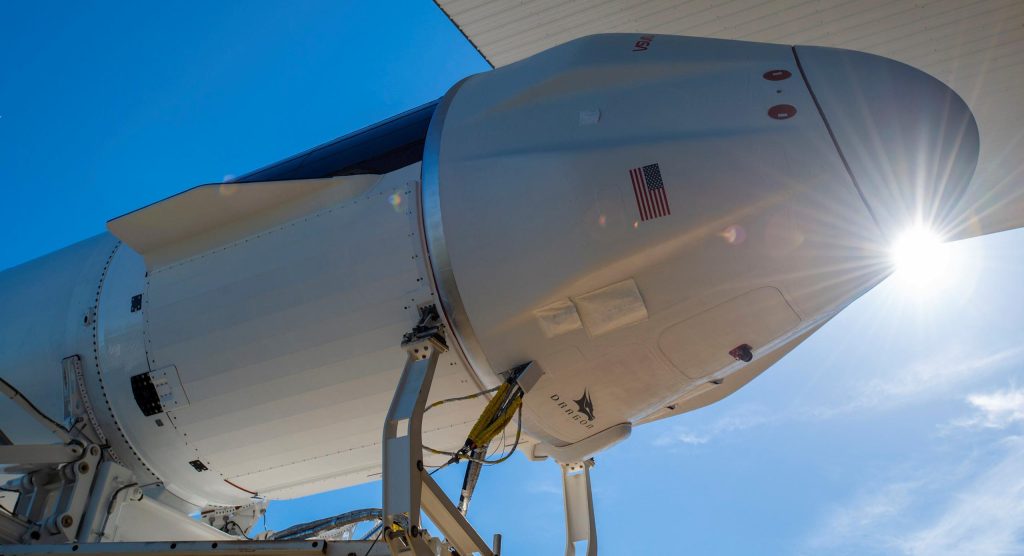
Crew
The second biggest contributor to SpaceX’s NASA revenue is Crew Dragon. In 2014, NASA contracted with SpaceX and Boeing to independently develop spacecraft capable of safely transporting astronauts to and from the International Space Station (ISS), taking over the role the Space Shuttle and Russian Soyuz spacecraft filled from 2000 to 2020. Crew Dragon completed its first uncrewed orbital test flight in March 2019 and its first crewed test flight in May 2020. Operational launches began in November 2020.
Subverting all expectations, Boeing’s Starliner crew capsule completed its first fully successful uncrewed test flight in May 2022, a full three years behind SpaceX. Starliner’s first crewed test flight is now scheduled no earlier than (NET) February 2023, while its first operational astronaut launch is tentatively scheduled for Q3 2023 at the earliest. Thanks to Boeing’s woeful performance, SpaceX has been responsible for launching every NASA astronaut (save one) since late 2020 and will continue to do so well into 2023. That means that SpaceX is on call for two Crew Dragon launches per year for NASA, whereas the Commercial Crew Program originally hoped that SpaceX and Boeing would each launch once per year.
In 2022, NASA took the extraordinary step of purchasing eight additional Crew Dragon launches while buying zero extra Starliner launches. Through 2030, SpaceX is now under contract to complete 14 operational Crew Dragon missions for NASA for $4.93 billion – less than the $5.1 billion NASA will pay Boeing for just six operational Starliner launches. For its first six operational missions, SpaceX is charging NASA about $220 million apiece. For Crew-7 through Crew-14, SpaceX will charge approximately $290 to $300 million per mission.
SpaceX completed two Crew Dragon launches for NASA in FY2022.
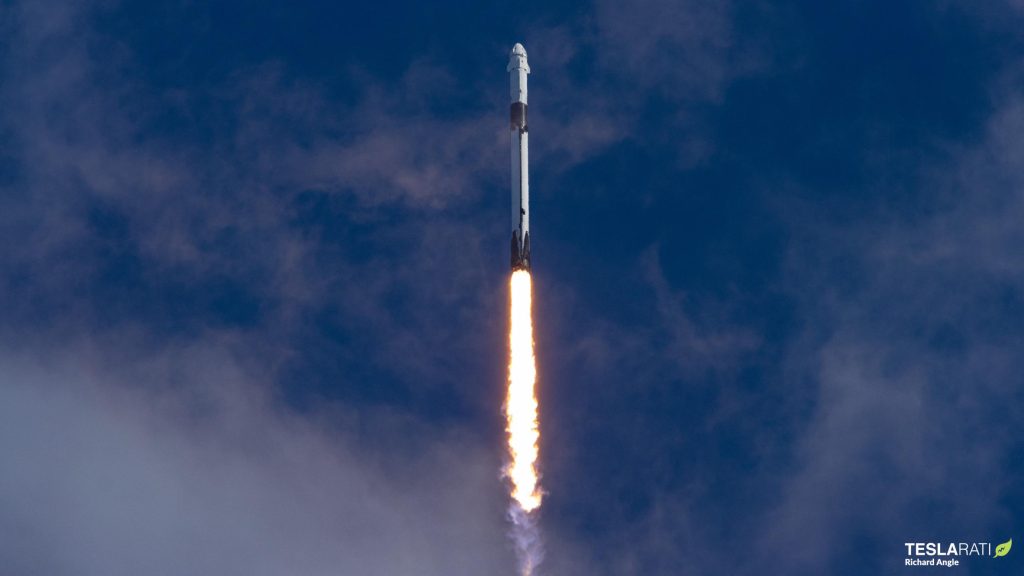
Falcon
Aside from launching Dragons for NASA, SpaceX’s Falcon 9 and Falcon Heavy rockets are also heavily relied upon to launch a wide range of scientific spacecraft through the Solar System. Since 2010, NASA’s Launch Services Program (LSP) has paid SpaceX almost $1 billion to complete six launches (worth about $400M) and prepare for at least nine others. The nine additional LSP launches SpaceX is scheduled to complete between November 2022 and June 2026 will cost NASA around $1.4 billion. Five of those missions will use SpaceX’s larger Falcon Heavy rocket and represent more than $1 billion of that $1.4 billion.
In FY2022, SpaceX completed two NASA LSP launches for about $120 million.
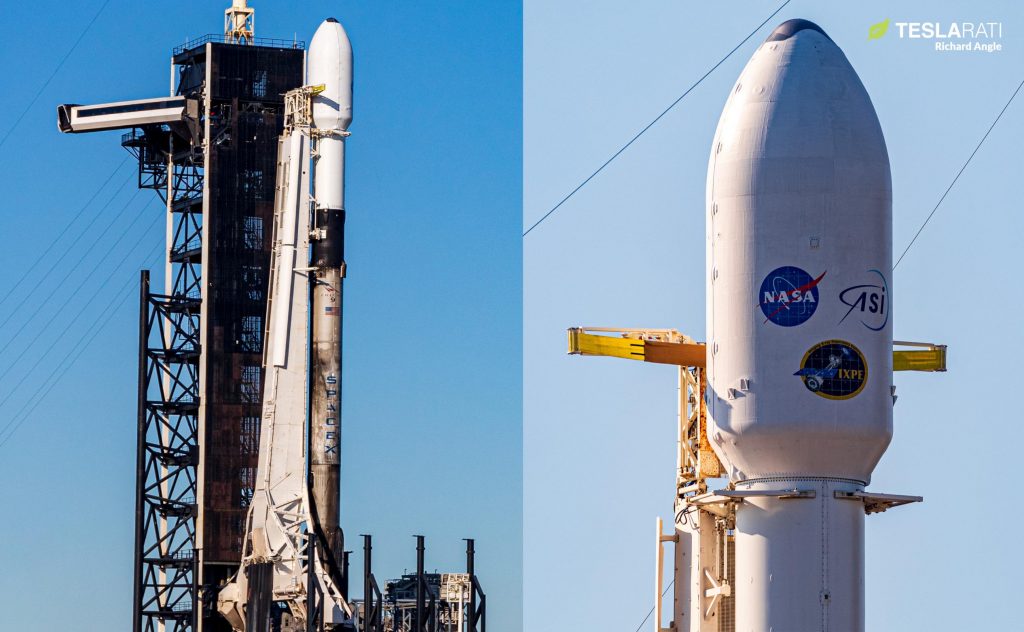
Starship
Finally, the last major line item on NASA’s SpaceX expenditures is focused on Starship. In April 2021, NASA awarded SpaceX a $2.9 billion Human Landing System (HLS) contract (~$3 billion including previous funding) to develop a Starship-derived Moon landing system capable of transporting astronauts to and from the lunar surface. Since 2020, NASA has paid SpaceX $1.26 billion for its work on HLS, more than $800 million of which was disbursed in FY2022.
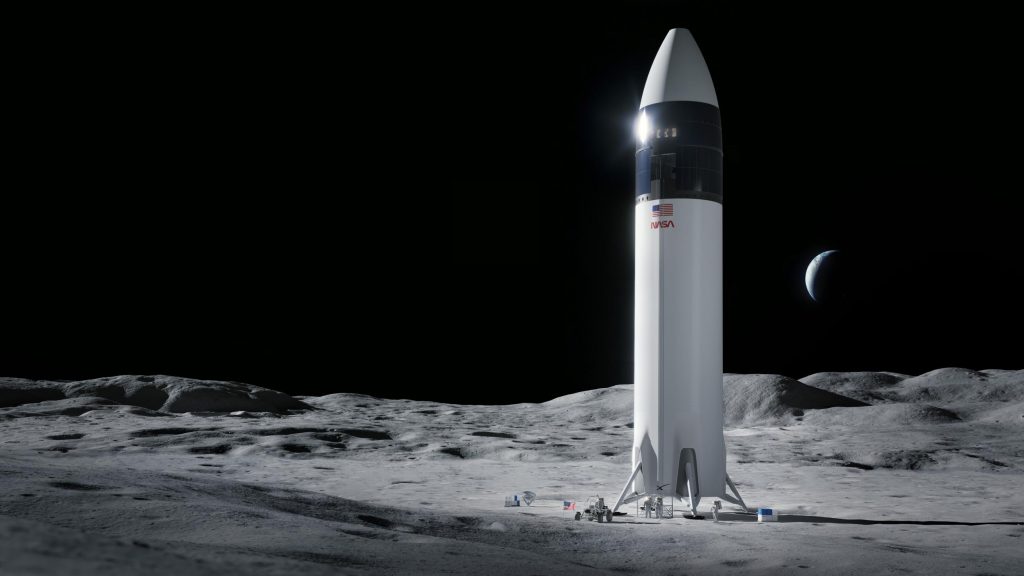
All told, a rough estimate of the four programs above accounts for about $1.82 billion of the $2.04 billion NASA paid SpaceX in FY2022. SpaceX was also paid about $50 million for work on its 2024 launch of Europa Clipper, leaving about $170 million that can probably be explained by other advance payments for work on upcoming Dragon and LSP launches.

Elon Musk
Tesla CEO Elon Musk sends rivals dire warning about Full Self-Driving
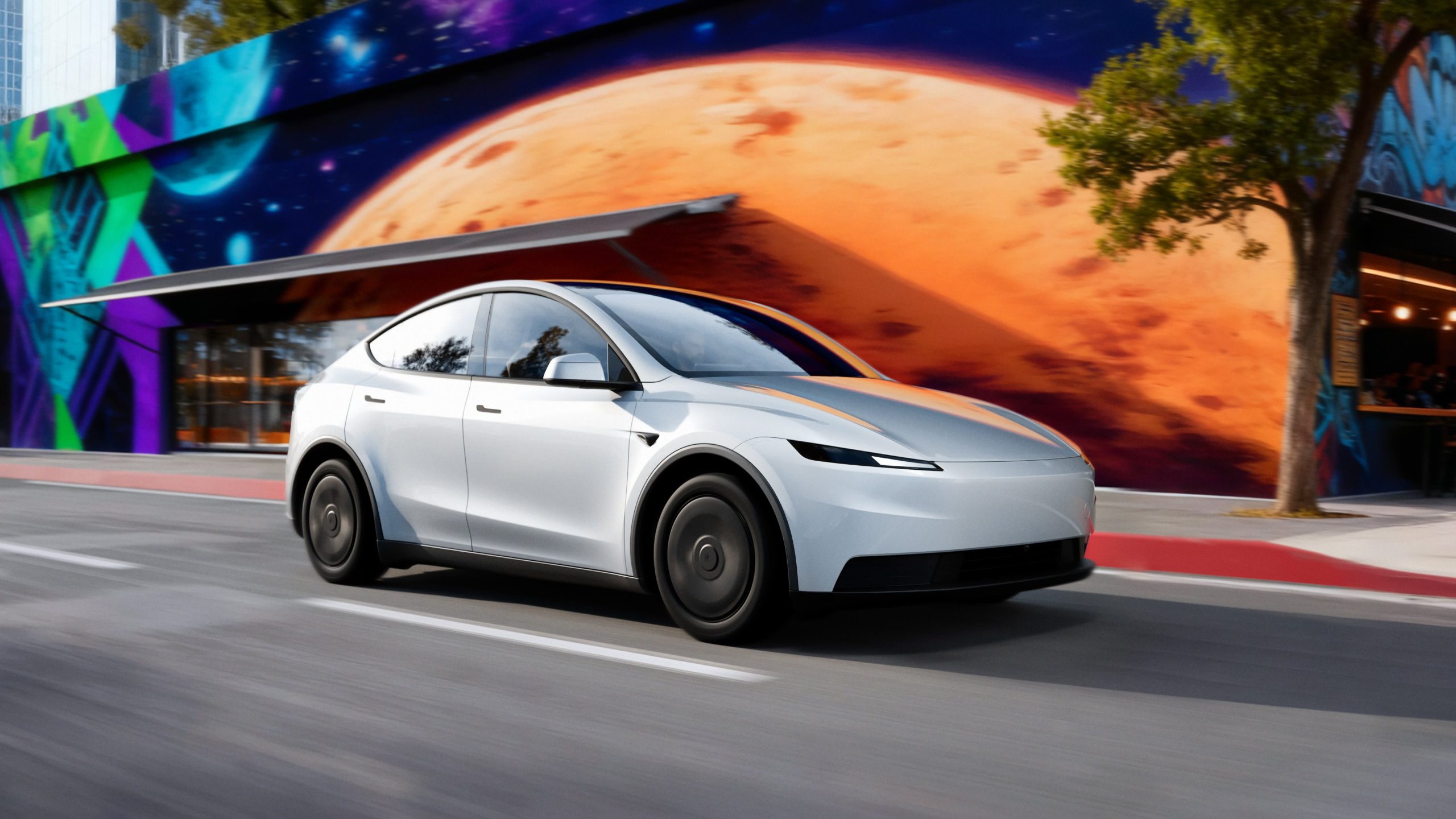
Tesla CEO Elon Musk revealed today on the social media platform X that legacy automakers, such as Ford, General Motors, and Stellantis, do not want to license the company’s Full Self-Driving suite, at least not without a long list of their own terms.
“I’ve tried to warn them and even offered to license Tesla FSD, but they don’t want it! Crazy,” Musk said on X. “When legacy auto does occasionally reach out, they tepidly discuss implementing FSD for a tiny program in 5 years with unworkable requirements for Tesla, so pointless.”
I’ve tried to warn them and even offered to license Tesla FSD, but they don’t want it! Crazy …
When legacy auto does occasionally reach out, they tepidly discuss implementing FSD for a tiny program in 5 years with unworkable requirements for Tesla, so pointless. 🤷♂️
🦕 🦕
— Elon Musk (@elonmusk) November 24, 2025
Musk made the remark in response to a note we wrote about earlier today from Melius Research, in which analyst Rob Wertheimer said, “Our point is not that Tesla is at risk, it’s that everybody else is,” in terms of autonomy and self-driving development.
Wertheimer believes there are hundreds of billions of dollars in value headed toward Tesla’s way because of its prowess with FSD.
A few years ago, Musk first remarked that Tesla was in early talks with one legacy automaker regarding licensing Full Self-Driving for its vehicles. Tesla never confirmed which company it was, but given Musk’s ongoing talks with Ford CEO Jim Farley at the time, it seemed the Detroit-based automaker was the likely suspect.
Tesla’s Elon Musk reiterates FSD licensing offer for other automakers
Ford has been perhaps the most aggressive legacy automaker in terms of its EV efforts, but it recently scaled back its electric offensive due to profitability issues and weak demand. It simply was not making enough vehicles, nor selling the volume needed to turn a profit.
Musk truly believes that many of the companies that turn their backs on FSD now will suffer in the future, especially considering the increased chance it could be a parallel to what has happened with EV efforts for many of these companies.
Unfortunately, they got started too late and are now playing catch-up with Tesla, XPeng, BYD, and the other dominating forces in EVs across the globe.
News
Tesla backtracks on strange Nav feature after numerous complaints

Tesla is backtracking on a strange adjustment it made to its in-car Navigation feature after numerous complaints from owners convinced the company to make a change.
Tesla’s in-car Navigation is catered to its vehicles, as it routes Supercharging stops and preps your vehicle for charging with preconditioning. It is also very intuitive, and features other things like weather radar and a detailed map outlining points of interest.
However, a recent change to the Navigation by Tesla did not go unnoticed, and owners were really upset about it.
For trips that required multiple Supercharger stops, Tesla decided to implement a naming change, which did not show the city or state of each charging stop. Instead, it just showed the business where the Supercharger was located, giving many owners an unwelcome surprise.
However, Tesla’s Director of Supercharging, Max de Zegher, admitted the update was a “big mistake on our end,” and made a change that rolled out within 24 hours:
The naming change should have happened at once, instead of in 2 sequential steps. That was a big miss on our end. We do listen to the community and we do course-correct fast. The accelerated fix rolled out last night. The Tesla App is updated and most in-car touchscreens should…
— Max (@MdeZegher) November 20, 2025
The lack of a name for the city where a Supercharging stop would be made caused some confusion for owners in the short term. Some drivers argued that it was more difficult to make stops at some familiar locations that were special to them. Others were not too keen on not knowing where they were going to be along their trip.
Tesla was quick to scramble to resolve this issue, and it did a great job of rolling it out in an expedited manner, as de Zegher said that most in-car touch screens would notice the fix within one day of the change being rolled out.
Additionally, there will be even more improvements in December, as Tesla plans to show the common name/amenity below the site name as well, which will give people a better idea of what to expect when they arrive at a Supercharger.
News
Dutch regulator RDW confirms Tesla FSD February 2026 target
The regulator emphasized that safety, not public pressure, will decide whether FSD receives authorization for use in Europe.
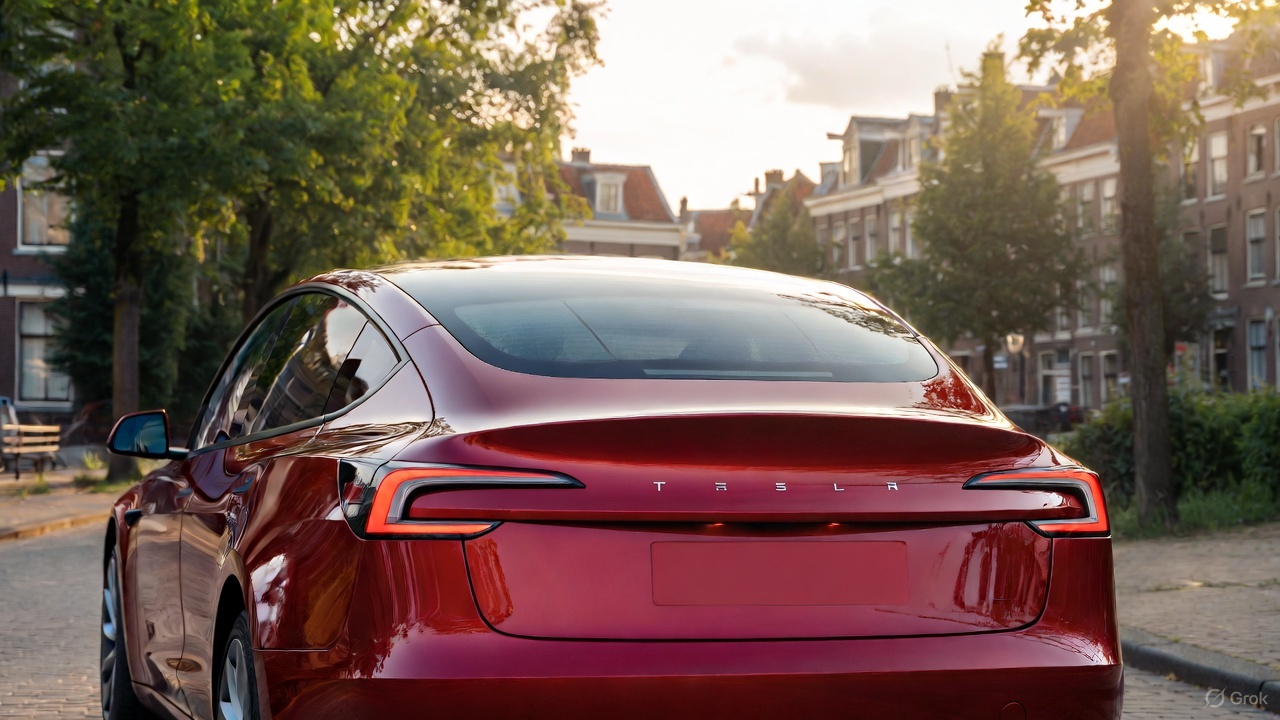
The Dutch vehicle authority RDW responded to Tesla’s recent updates about its efforts to bring Full Self-Driving (Supervised) in Europe, confirming that February 2026 remains the target month for Tesla to demonstrate regulatory compliance.
While acknowledging the tentative schedule with Tesla, the regulator emphasized that safety, not public pressure, will decide whether FSD receives authorization for use in Europe.
RDW confirms 2026 target, warns Feb 2026 timeline is not guaranteed
In its response, which was posted on its official website, the RDW clarified that it does not disclose details about ongoing manufacturer applications due to competitive sensitivity. However, the agency confirmed that both parties have agreed on a February 2026 window during which Tesla is expected to show that FSD (Supervised) can meet required safety and compliance standards. Whether Tesla can satisfy those conditions within the timeline “remains to be seen,” RDW added.
RDW also directly addressed Tesla’s social media request encouraging drivers to contact the regulator to express support. While thanking those who already reached out, RDW asked the public to stop contacting them, noting these messages burden customer-service resources and have no influence on the approval process.
“In the message on X, Tesla calls on Tesla drivers to thank the RDW and to express their enthusiasm about this planning to us by contacting us. We thank everyone who has already done so, and would like to ask everyone not to contact us about this. It takes up unnecessary time for our customer service. Moreover, this will have no influence on whether or not the planning is met,” the RDW wrote.
The RDW shares insights on EU approval requirements
The RDW further outlined how new technology enters the European market when no existing legislation directly covers it. Under EU Regulation 2018/858, a manufacturer may seek an exemption for unregulated features such as advanced driver assistance systems. The process requires a Member State, in this case the Netherlands, to submit a formal request to the European Commission on the manufacturer’s behalf.
Approval then moves to a committee vote. A majority in favor would grant EU-wide authorization, allowing the technology across all Member States. If the vote fails, the exemption is valid only within the Netherlands, and individual countries must decide whether to accept it independently.
Before any exemption request can be filed, Tesla must complete a comprehensive type-approval process with the RDW, including controlled on-road testing. Provided that FSD Supervised passes these regulatory evaluations, the exemption could be submitted for broader EU consideration.








